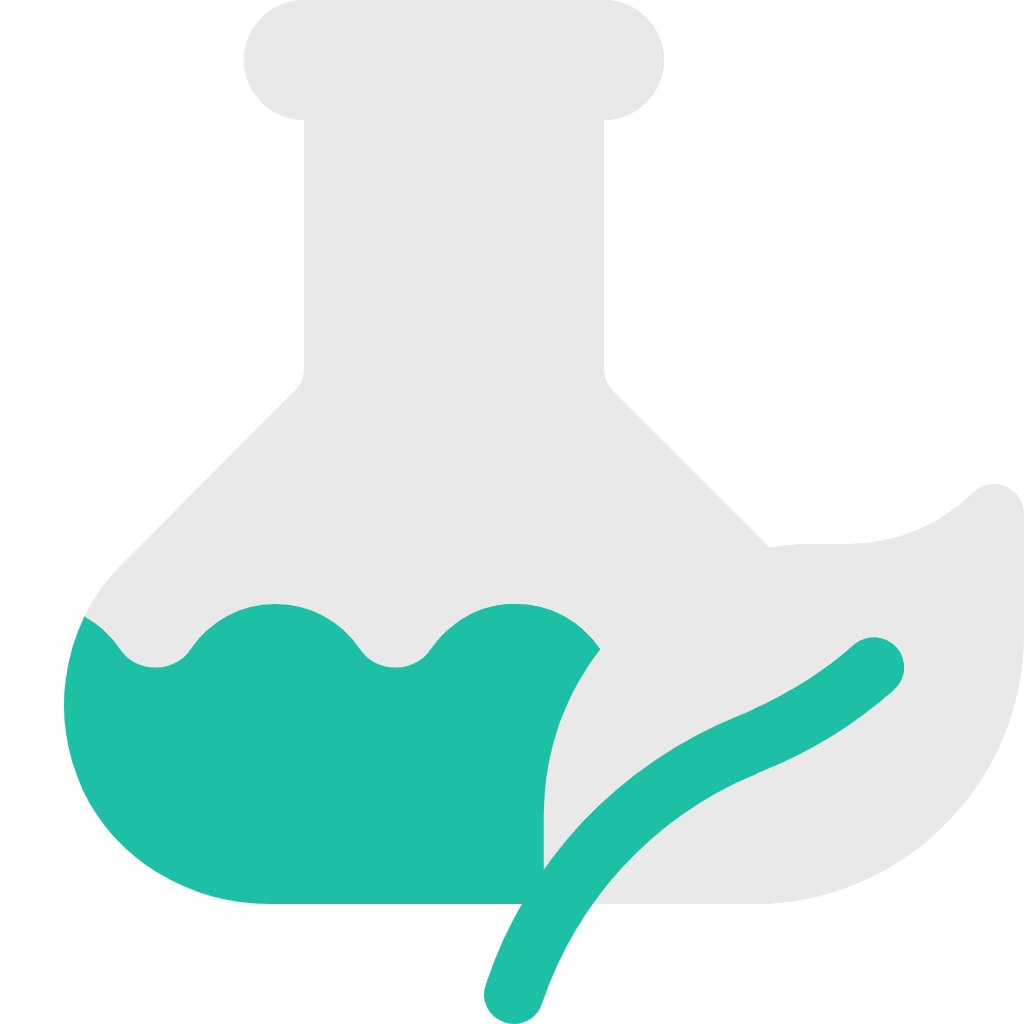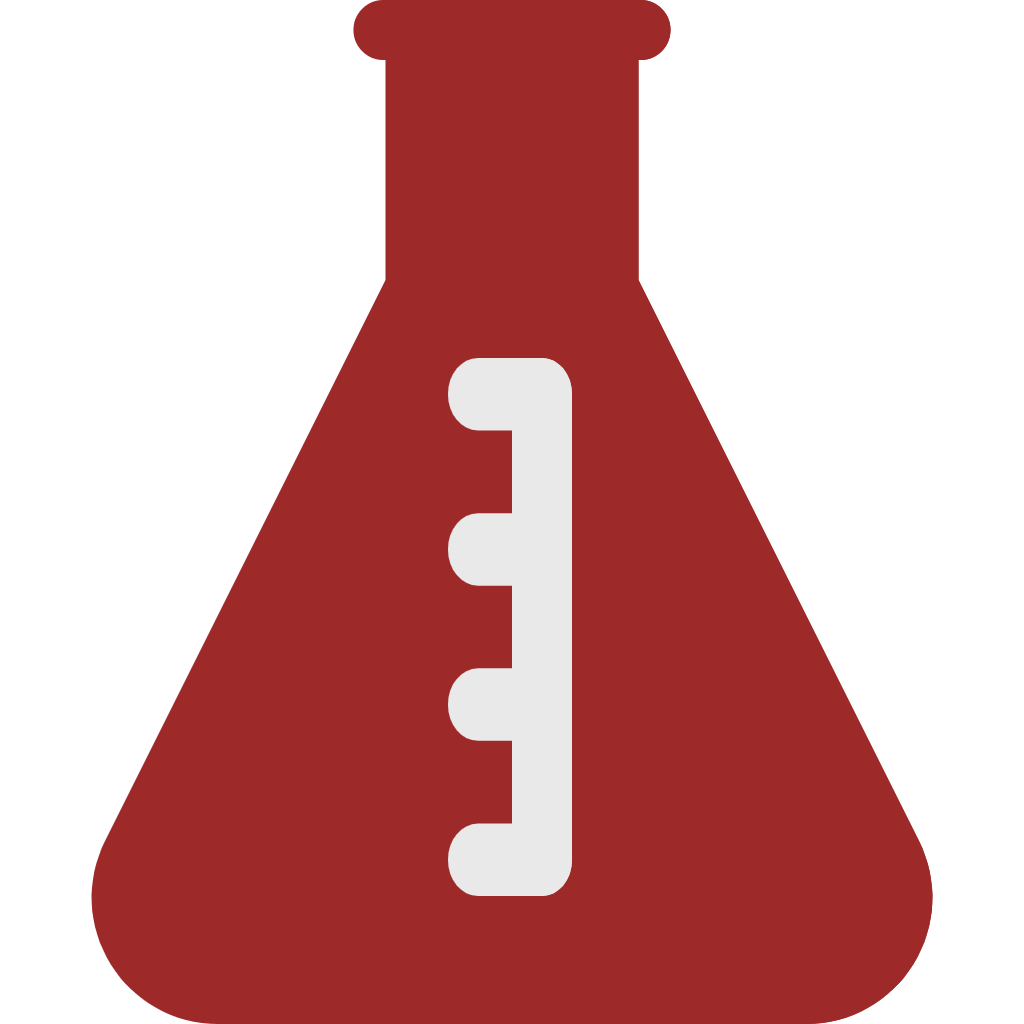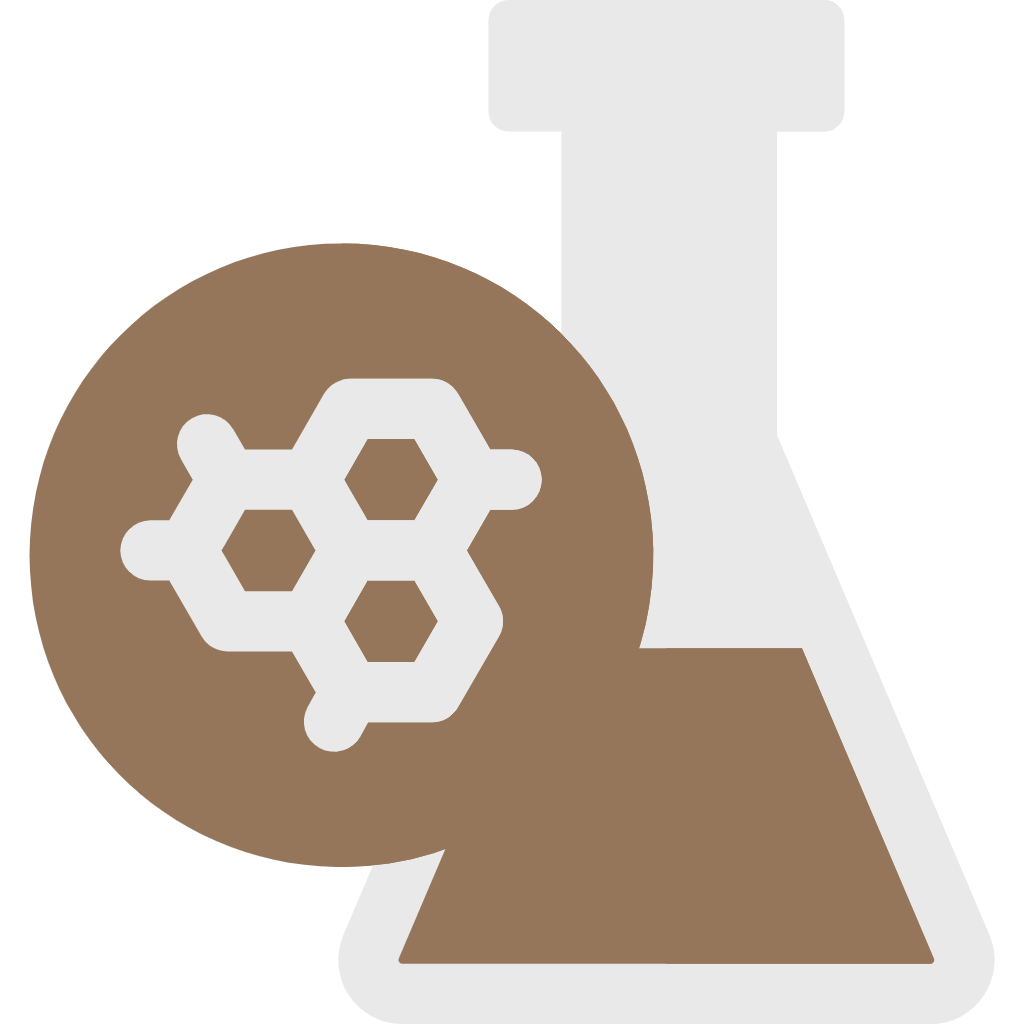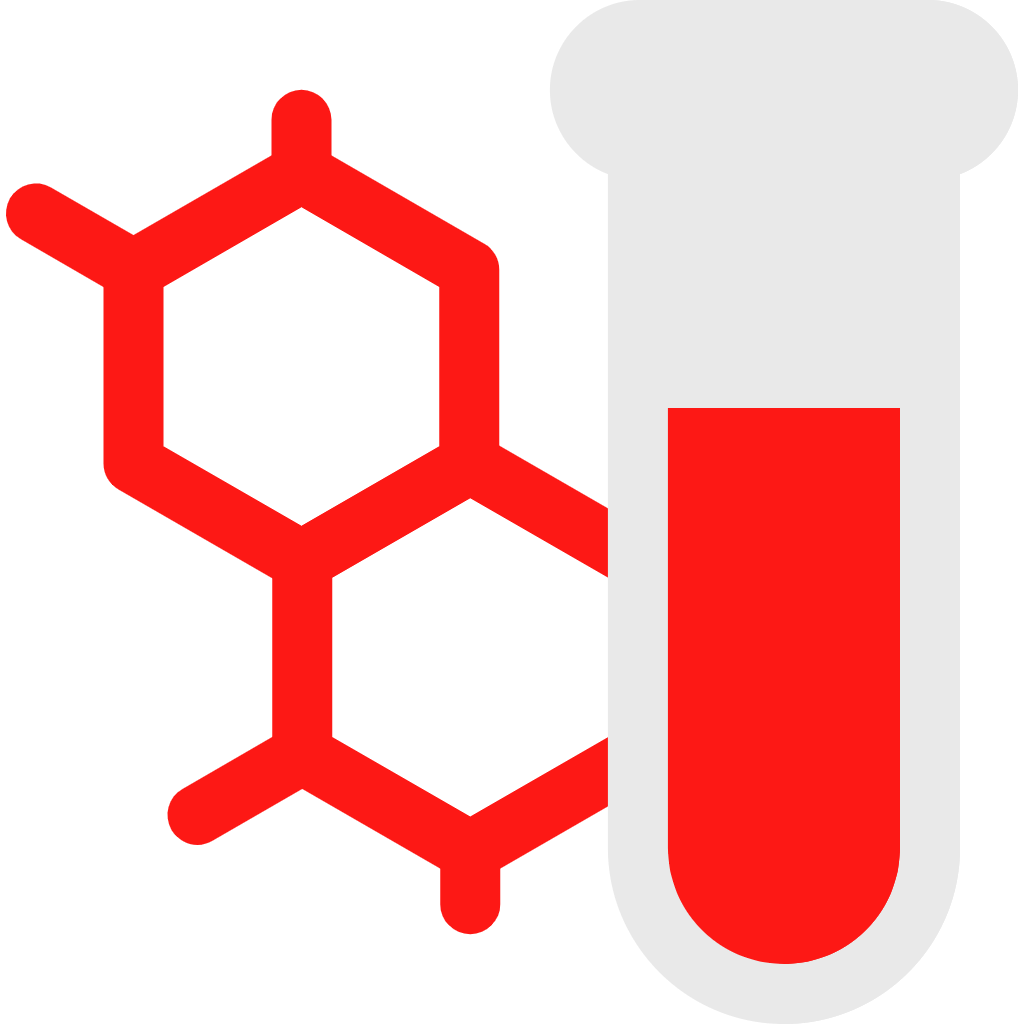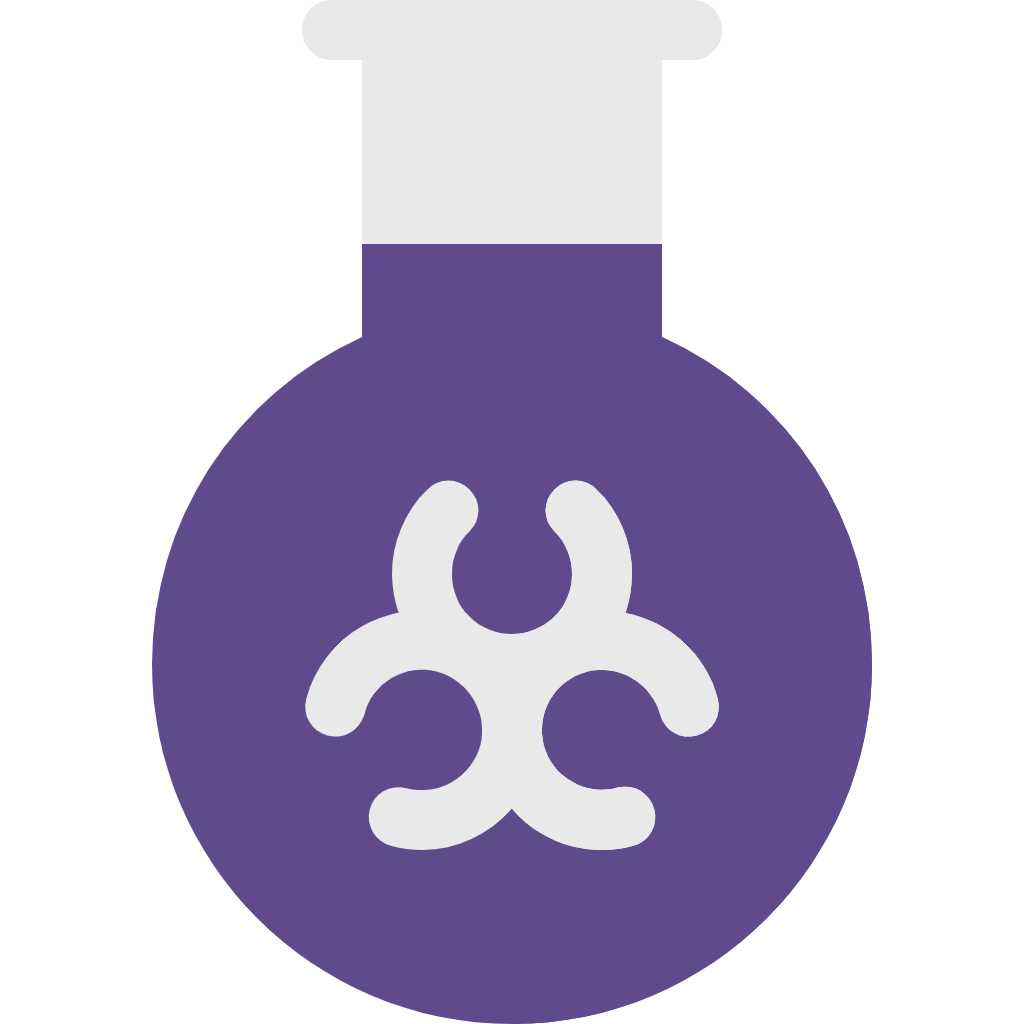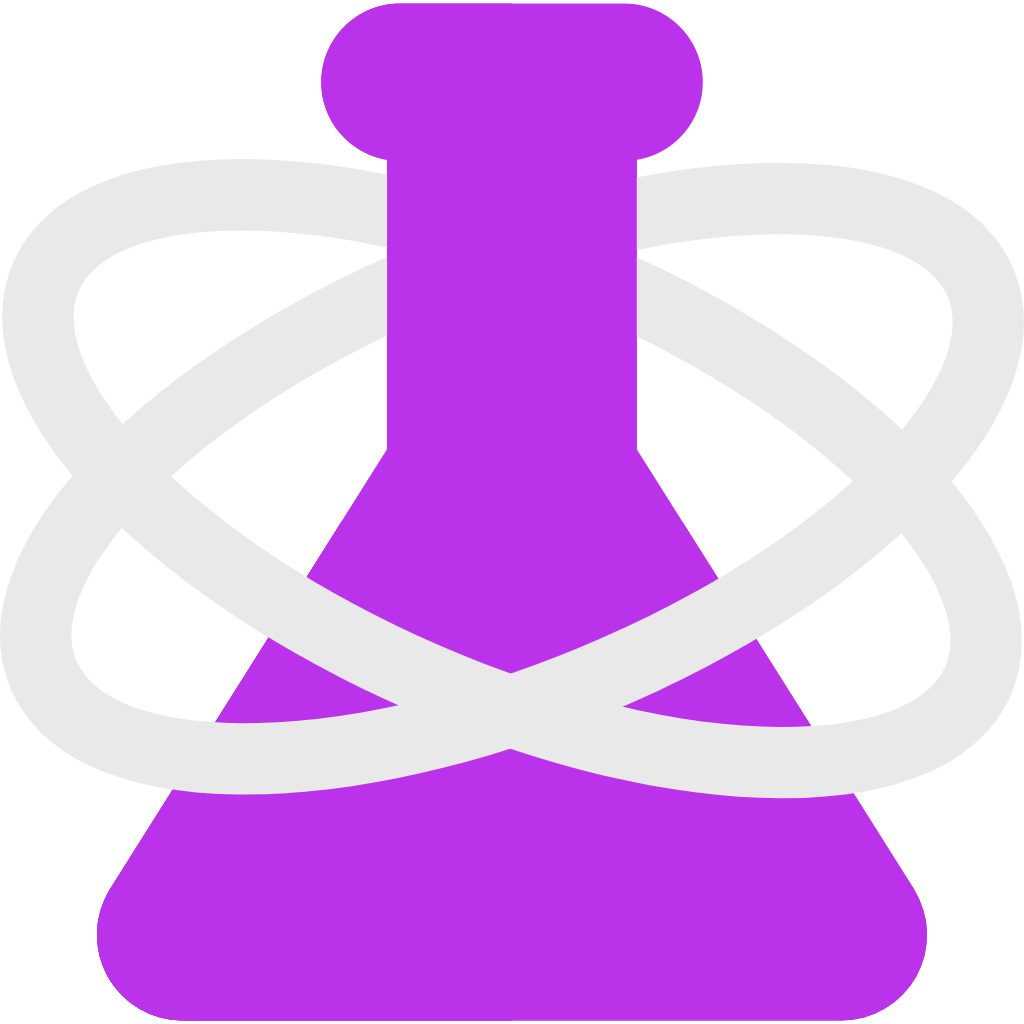Introduction to Redox Reaction Calculator:
The redox equation calculator is here to make the process of determining redox reactions easy. This is an online tool that automatically calculates the stoichiometry of reactions and balances the reduction reaction’s equations making it easier for everyone who uses it. The need to manually calculate the reactions is gone, rather our calculator will help you. You just input your query and our calculator will solve it giving you a step-by-step solution.

What is a redox reaction?
Redox reactions, also known as oxidation-reduction reaction, is an important concept in the field of chemistry. In a redox reaction, chemical species transfer the electrons, leading to changes in those chemical species' oxidation state. In short, the exchange of electrons occurs where one substance loses an electron and one substance gains an electron. For example:
CuO+ H2 → Cu + H2O
In the above chemical reaction Copper Oxide (CuO) loses an oxygen atom so that it is reduced. On the other hand Hydrogen atom (H2) gains an oxygen atom making an H2O molecule so it is oxidized, which is found by determining the oxidation number. CuO is an oxidizing agent because it oxidizes H2O while H2 is a reducing agent because it reduces CuO.
Some examples of redox reaction:
Some examples of redox reactions are given to help you understand it better. As redox reaction calculator helps you whenever you need it but you have to do it manually sometimes. Therefore, We will give you some of the examples:
Example 1:
What will the Redox Reaction between Hydrogen and Chlorine produce?
In the redox reaction, one atom is oxidized while the other is reduced. So, this reaction is between hydrogen and chlorine where the hydrogen is oxidized, and the chlorine is reduced. The reaction can be written as.
H2 + Cl2 → 2HCl
The oxidation reaction for hydrogen (H) is:
H2 → 2H+ + 2e–
The reduction reaction for Chlorine (Cl) is:
Cl2 + 2e– → 2Cl–
The hydrogen and chlorine ions combine to form hydrogen chloride.
Example 2:
What will the Reaction between Copper oxide and Hydrogen produce?
CuO + H2 → Cu + H2O
The oxidation reaction for Hydrogen (H) is:
H2 → 2H+ + 2e–
The reduction reaction for chlorine (Cl) is:
Cu - 2e– → Cu–
The copper oxide and hydrogen ions combine to form copper and a water molecule.
Related: To balance the reaction you can use our balancing chemical equations solver.
Some types of redox reaction:
Here are some types of redox reaction:
Decomposition Reaction:
In a decomposition reaction, a molecule is broken down to form elements. It is the reverse of a combination reaction where the breakdown of molecules occurs. For example, H2 and O combine to form H2O, but if it can be broken down into H2 and O.
H2O → H2 + O
Combination Reaction:
A combination reaction, also named a synthesis reaction, is the combination of two compounds to form a single compound or a molecule. For example, Copper (Cu) and Oxygen (O2) combine to form Copper oxide (CuO2).
Cu + O2 → CuO2
Disproportionation reaction:
In a disproportionation reaction, a single substance, molecule, or compound is oxidized and reduced. For a disproportionation reaction, the substance or molecule should have an element with at least three oxidation states. For example, in hydrogen peroxide, a disproportionation reaction occurred.
2H2O2 → 2H2O + O2
Displacement Reaction:
In a displacement reaction, also named a replacement reaction, an atom or ion in a compound is replaced with another atom or ion. For example, in Zn and 2HCl single displacement occurs.
Zn + 2HCL → ZnCl2 + H2
Related: You can utilize our percent composition formula solver to determine the percentage of elements present in the molecule involved in the reaction.
How redox equation calculator balance the reaction:
To balance a redox reaction our redox reaction calculator follows the following steps,
- Divide the chemical equation into two reactions (half-reaction)
- Balance the half-reaction to get the mass and charge
- Balance the electrons in each half-reaction
- Combine the half-reaction.
If you want to analyze the elements in the chemical reaction then use our elemental analysis solver.
How to find a redox reaction calculator?
Finding a redox equation calculator is easy and you can get it by following simple steps. To find an online balance half reaction calculator, first of all, open your web browser and search for an online redox reaction solver. You will see a lot of calculators. You can click on anyone. Our reduction reaction calculator is also here to help you. You just need to understand its proper use.
How to use a redox reaction solver?
After finding an online redox equation calculator, the next step is to enter your equation and start the process. But first of all, familiarize yourself with the online tool. Now search for the input section. Our calculator has the input section on top. Now enter the reaction. Our redox reaction calculator will take some seconds and give you a balanced equation. You can observe the steps as well.
Our balance half reaction calculator gives the steps and explains everything to its user to solve the difficulty our user has.
Benefits of using our redox reaction calculator:
Our online redox reaction solver has many benefits but some are as follows,
- You can open it anywhere and anytime. You just have to have a device with an internet connection.
- Our reduction reaction calculator is user-friendly. Everyone can use it whether you are a student or a professional.
- It minimizes the human error possibility by giving you an accurate answer.
- It helps you to practice and learn by explaining steps.
Conclusion of the reduction reaction calculator:
To conclude, redox reaction is an important concept in chemistry and one should know about it. Balancing such reactions can be tricky sometimes but our redox equation calculator will help you to balance it. Our redox reaction calculator with steps is a valuable tool for you if you want to know about the redox reaction.




